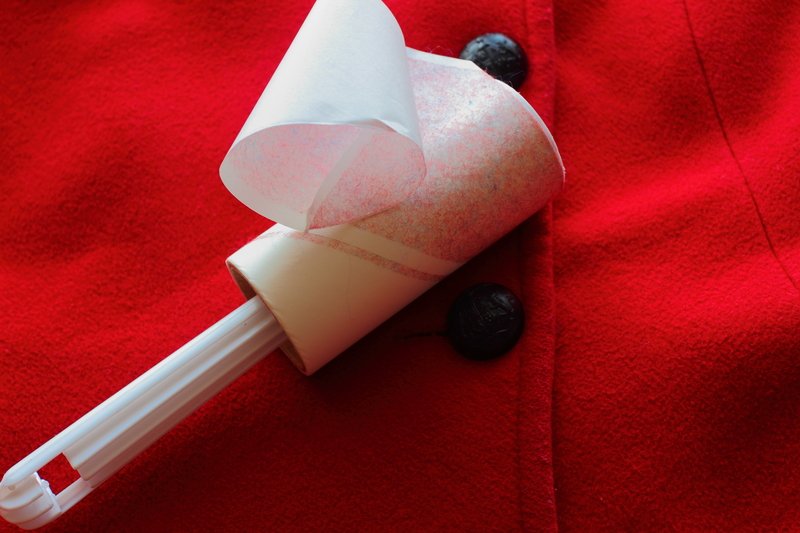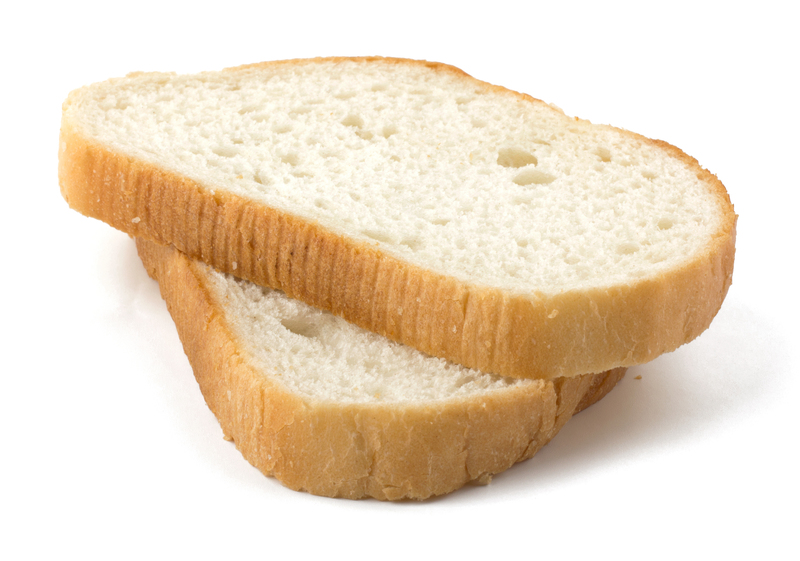Shimmer and Glow: Explore Top Jewellery Cleaning Methods
Posted on 02/10/2025
Shimmer and Glow: Explore Top Jewellery Cleaning Methods
Embark on a dazzling journey to uncover the secrets behind keeping your cherished trinkets and treasures at their sparkling best. Whether you're a fan of classic diamond rings, vintage silver bracelets, or trendy gold necklaces, this comprehensive guide outlines everything you need to know about effective jewellery cleaning methods that will restore and retain that captivating shimmer and glow.

Why Regular Jewellery Cleaning is Essential
Jewellery pieces--whether sentimental heirlooms or trendy accessories--are more than just adornments. They are investments that reflect personal stories and styles. Over time, everyday wear exposes them to dirt, oil, sweat, cosmetics, and environmental pollutants. These can dull their radiance and even cause long-term damage.
- Enhances Appearance: Clean jewellery sparkles brighter and stands out more.
- Prevents Damage: Dirt and grime can lead to scratches and weaken settings.
- Keeps Gems Secure: Regular cleaning helps spot loose stones or prongs.
- Promotes Hygiene: Reduces buildup of bacteria and irritants on skin-contacting surfaces.
Understanding Your Jewellery Type
Every jewellery material--whether gold, silver, platinum, gemstone, or pearl--requires a unique approach. Knowing your pieces' materials is crucial to prevent accidental damage while cleaning. Here's a quick overview:
- Gold: Resilient but prone to scratching.
- Silver: Tarnishes over time; needs frequent care.
- Platinum: Durable, yet can develop a dull patina.
- Diamonds and Gemstones: Hard but can get cloudy from oils and lotions.
- Pearls: Delicate and porous, demand gentle handling.
Effective Jewellery Cleaning Methods
1. Gentle Soap and Water Cleaning
This time-tested method is suitable for most gold, platinum, and diamond jewellery. It's especially recommended for keeping everyday favourites sparkling without risk.
- Prepare a bowl of lukewarm water with a few drops of mild dish soap.
- Soak jewellery for 20-30 minutes.
- Use a soft toothbrush to gently brush away grime, especially around intricate details or settings.
- Rinse thoroughly under running water and pat dry with a lint-free cloth.
Tip: Avoid using hot water, which may loosen stones, especially on delicate or glued-in settings.
2. Baking Soda and Water Paste for Silver Jewellery
Silver pieces are prone to tarnish, diminishing their brilliant luster. A natural remedy--baking soda--can banish blemishes safely for most silver items.
- Create a paste with three parts baking soda to one part water.
- Apply the paste using a soft cloth or sponge, gently rubbing the tarnish away.
- Rinse with clean water and buff with a dry, soft cloth.
Note: Avoid this method for antique silver-plated items or those with intentionally oxidized (blackened) details.
3. Professional Ultrasonic Jewellery Cleaners
For high-value pieces and intricate settings, consider investing in an ultrasonic jewellery cleaner. These devices use high-frequency sound waves to dislodge dirt from even the tiniest crevices.
- Perfect for gold, platinum, and diamond items.
- Not recommended for pearls, opals, emeralds, or jewellery with glued components, as vibrations may cause damage.
- Always consult your jeweller before using this method on unique or delicate pieces.
4. Ammonia Solution for Sturdy Jewellery
Ammonia is potent and should be used sparingly. It's effective for reviving dulled diamonds and hard gemstones, but never use it on organic gems (pearls, ivory, amber) or fragile stones.
- Mix one part ammonia to six parts water.
- Soak jewellery for just one minute--no longer.
- Use a soft brush for cleaning before rinsing thoroughly.
5. Commercial Jewellery Cleaning Solutions
There is a wide range of store-bought cleaning solutions designed for specific jewellery types--gold, silver, diamonds, and more. Always follow the manufacturer's instructions, and spot-test when possible.
- Convenient and effective for regular at-home care.
- Ensure the product matches your jewellery type to avoid unexpected reactions.
6. Polishing Cloths for Instant Shine
Jewellery-specific polishing cloths are ideal for everyday touch-ups and removing minor tarnishes from silver and gold. These are soft, pre-treated, and unlikely to cause abrasion.
- Easy to use and portable.
- Add back that instant shimmer for daily wear items.
7. Vinegar and Baking Soda for Deep Silver Cleaning
For deeply tarnished silver, a blend of white vinegar and baking soda can restore lost shine. However, this method should be avoided for pieces with gemstones, enamel, or delicate settings.
- Place silver jewellery in a bowl. Cover with 1/2 cup of vinegar and add 2 tablespoons of baking soda.
- Let soak for 2-3 hours, rinse under cool water, and dry thoroughly.
Special Considerations for Gemstone and Delicate Jewellery
Pearls, Opals, and Soft-Stone Jewellery
Organic and porous gemstones--including pearls, opals, turquoise, and amber--require special care. Avoid chemicals, ultrasonic cleaners, and abrasives. Instead, use the gentlest cleaning method:
- Wipe gently with a soft, damp cloth after wearing.
- Never soak pearls or soft stones in water or cleaning solutions.
- Store separately in a soft pouch to avoid scratches.
Vintage and Antique Jewellery
Older pieces, especially those with delicate construction or glued embellishments, can be easily damaged by harsh chemicals or immersion. For antique treasures, stick to:
- Light brushing with a soft, dry toothbrush.
- Spot-cleaning with a damp cloth and mild soapy water if necessary--never immerse.
- Consult a professional jeweller for tough jobs or restoration.
Common Jewellery Cleaning Mistakes to Avoid
Protecting your sparkling investments requires not only knowing what to do but also what to avoid. Here are some frequent errors to watch out for:
- Over-cleaning: Too much cleaning, especially with abrasives, wears away the surface and settings.
- Using Toothpaste: Contrary to popular belief, toothpaste is too abrasive, scratching metals and softer stones.
- Soaking Porous Stones: Pearls, opals, and other soft stones should never be submerged.
- Mixing Different Jewellery Types: Cleaning gold and silver together can cause cross-contamination and damage.
- Neglecting Professional Checks: Home cleaning is valuable, but regular professional inspections ensure settings are secure and deter loss.
How Often Should You Clean Your Jewellery?
The frequency of cleaning depends on the type and usage of your jewellery:
- Daily Wear: Clean rings, earrings, and watches at least once a month.
- Special Occasion Pieces: Clean before and after use, but not excessively.
- Delicate Items: Gently clean a few times a year, or as soon as they appear dull.
- Professional Cleaning: Consider an expert clean and inspection annually for high-value or complex items.
Jewellery Cleaning Myths: Debunked!
When it comes to restoring shimmer and glow to favoured pieces, myths abound. Let's clarify what truly works:
- Lemon Juice for Jewels: The high acidity can harm precious metals and stones--stick to mild soapy water for most pieces.
- Boiling Your Jewellery: Exposing jewellery to boiling water may loosen adhesives and cause thermal shock, especially in gems.
- Vodka or Spirits: Alcohol can dry out and damage organic stones and plated metals.
- Toothpaste Cleans All: As mentioned, toothpaste is too abrasive for both stones and metals.
Care and Storage Tips to Preserve That Brilliant Shine
Even the best cleaning can't compensate for poor storage or wear habits. Here's how to keep your jewellery not only clean but protected:
- Store jewellery separately to prevent scratching and tangling--use pouches, lined boxes, or compartmentalized storage.
- Remove jewellery before swimming, bathing, or applying perfume, lotions, and sprays.
- Wear last, remove first: Jewellery should be the final touch after makeup and the first thing you take off.
- Regular inspections: Check clasps, prongs, and mounts for looseness or wear.
Eco-Friendly Jewellery Cleaning Alternatives
For those seeking green cleaning solutions, there are plenty of eco-friendly ways to keep your jewellery gorgeous without harsh chemicals:
- Olive oil and lemon (for gold): Mix one teaspoon of olive oil with a few drops of lemon juice. Rub gently with a soft cloth to refresh gold laters.
- Baking soda and water: A classic, non-toxic choice for silver.
- White vinegar: Use for sterling silver, but never with gemstones or glued settings.

When to Seek Professional Jewellery Cleaning Services
Even with the best at-home jewellery cleaning methods, certain cases require expert touch:
- Items with significant dirt buildup or heavy tarnish.
- Complex, antique, or valuable jewels requiring thorough inspection and gentle restoration.
- Rings, necklaces, or bracelets with intricate prong settings or vulnerable gems.
- If you're in doubt--rely on a skilled jeweller to clean and repair your treasures safely.
Conclusion: Let Your Jewellery Shine With Confidence
Maintaining the shimmer and glow of your favourite pieces doesn't have to be complicated or risky. By understanding the properties and needs of each jewellery type--and choosing the right jewellery cleaning method for the job--you can ensure every necklace, bracelet, and ring continues to dazzle. Remember to clean carefully, store thoughtfully, and consult professionals for those priceless or particularly delicate pieces.
With these best practices at your fingertips, enjoy the enduring radiance of jewellery that always looks--and feels--like new.


